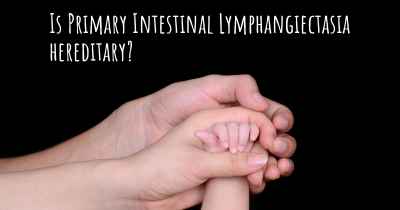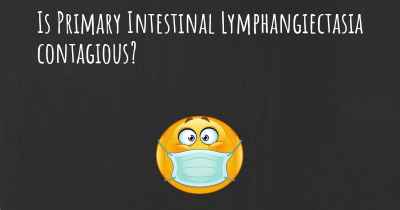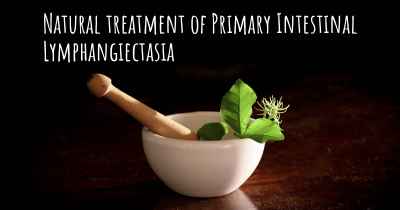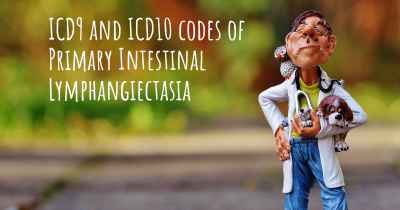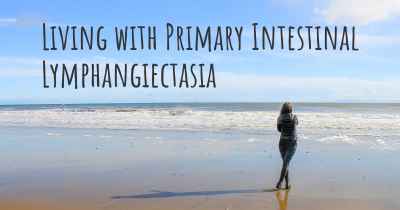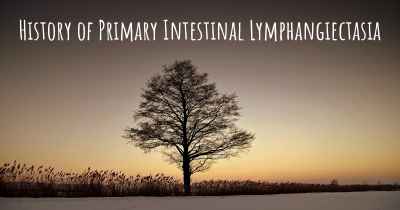What is the life expectancy of someone with Primary Intestinal Lymphangiectasia?
Life expectancy of people with Primary Intestinal Lymphangiectasia and recent progresses and researches in Primary Intestinal Lymphangiectasia
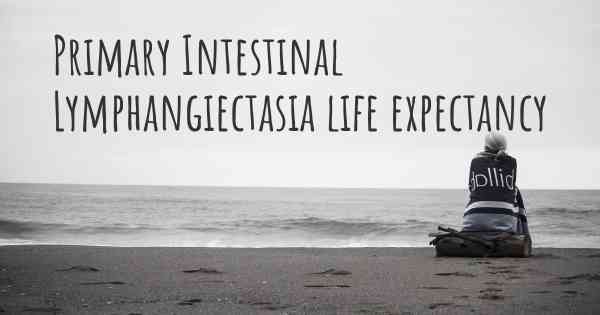
Primary Intestinal Lymphangiectasia is a rare disorder characterized by abnormal dilation of the lymphatic vessels in the intestines, leading to protein loss and malabsorption. The life expectancy of individuals with this condition can vary depending on various factors such as the severity of symptoms, response to treatment, and overall health. While there is no specific data on life expectancy, early diagnosis and appropriate management can significantly improve the prognosis. Treatment typically involves dietary modifications, including a low-fat, high-protein diet, and supplementation with medium-chain triglycerides. Regular monitoring and follow-up with healthcare professionals are crucial for managing symptoms and optimizing long-term outcomes.
Primary Intestinal Lymphangiectasia (PIL) is a rare disorder characterized by abnormal dilation of the lymphatic vessels in the small intestine. This condition leads to impaired absorption of fats and proteins, resulting in malnutrition and various complications. The prognosis and life expectancy of individuals with PIL can vary depending on several factors.
Severity of the condition: The severity of PIL can range from mild to severe. In mild cases, individuals may experience intermittent symptoms and have a relatively normal life expectancy. However, in severe cases where malnutrition and complications are more pronounced, the prognosis may be less favorable.
Age of onset: PIL can present at any age, from infancy to adulthood. Early onset cases, particularly those diagnosed in infancy or childhood, tend to have a more challenging prognosis. This is because the condition can significantly impact growth and development during critical stages of life.
Management and treatment: Proper management and treatment play a crucial role in improving the prognosis for individuals with PIL. This typically involves a combination of dietary modifications, nutritional supplementation, and medications to control symptoms and prevent complications. Compliance with treatment plans and regular follow-up with healthcare professionals are essential for optimizing outcomes.
Complications: PIL can lead to various complications, such as recurrent infections, vitamin deficiencies, lymphedema, and gastrointestinal bleeding. The presence and severity of these complications can influence the overall prognosis and life expectancy.
Individual variability: It is important to note that each person's experience with PIL is unique, and the prognosis can vary significantly. Some individuals may respond well to treatment and have a relatively normal life expectancy, while others may face more challenges and have a shorter life expectancy.
In conclusion, the life expectancy of someone with Primary Intestinal Lymphangiectasia can be influenced by the severity of the condition, age of onset, management and treatment, presence of complications, and individual variability. It is crucial for individuals with PIL to work closely with healthcare professionals to develop a comprehensive treatment plan and receive ongoing support to optimize their prognosis and quality of life.

